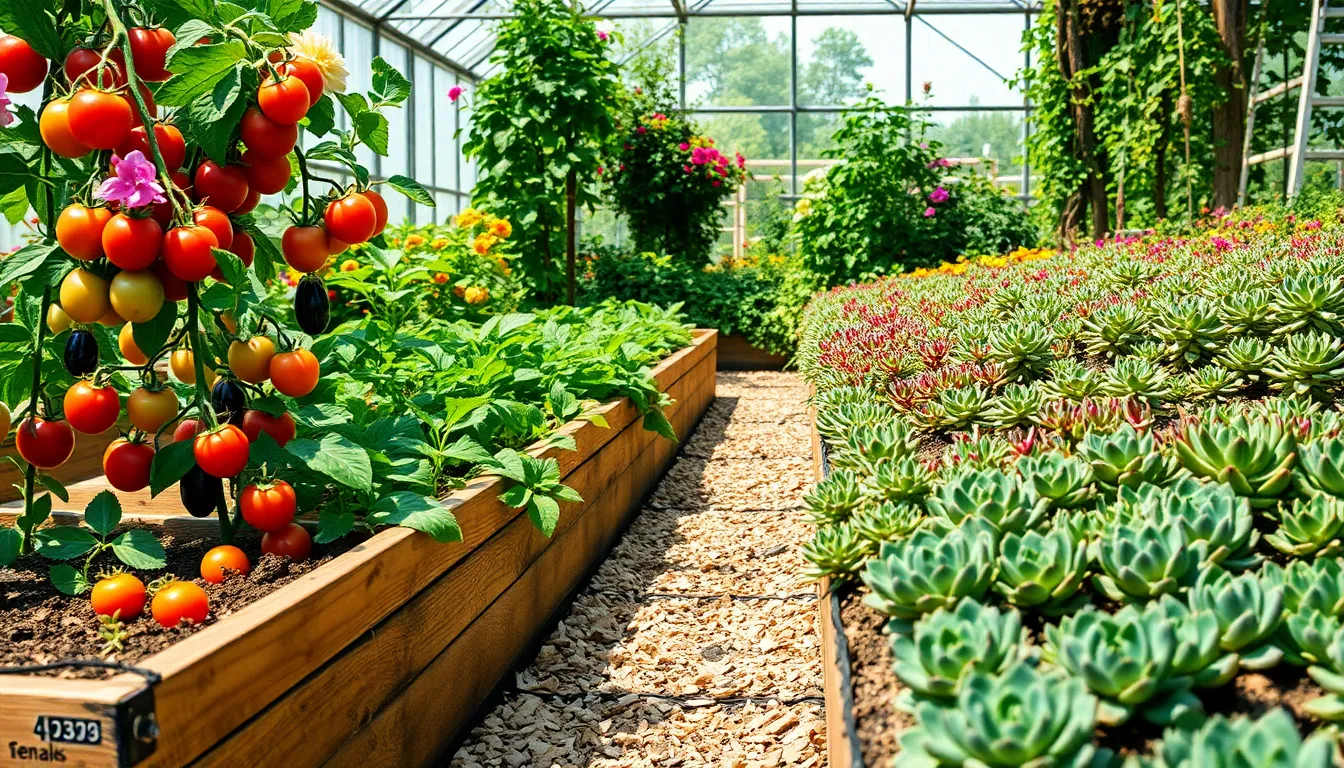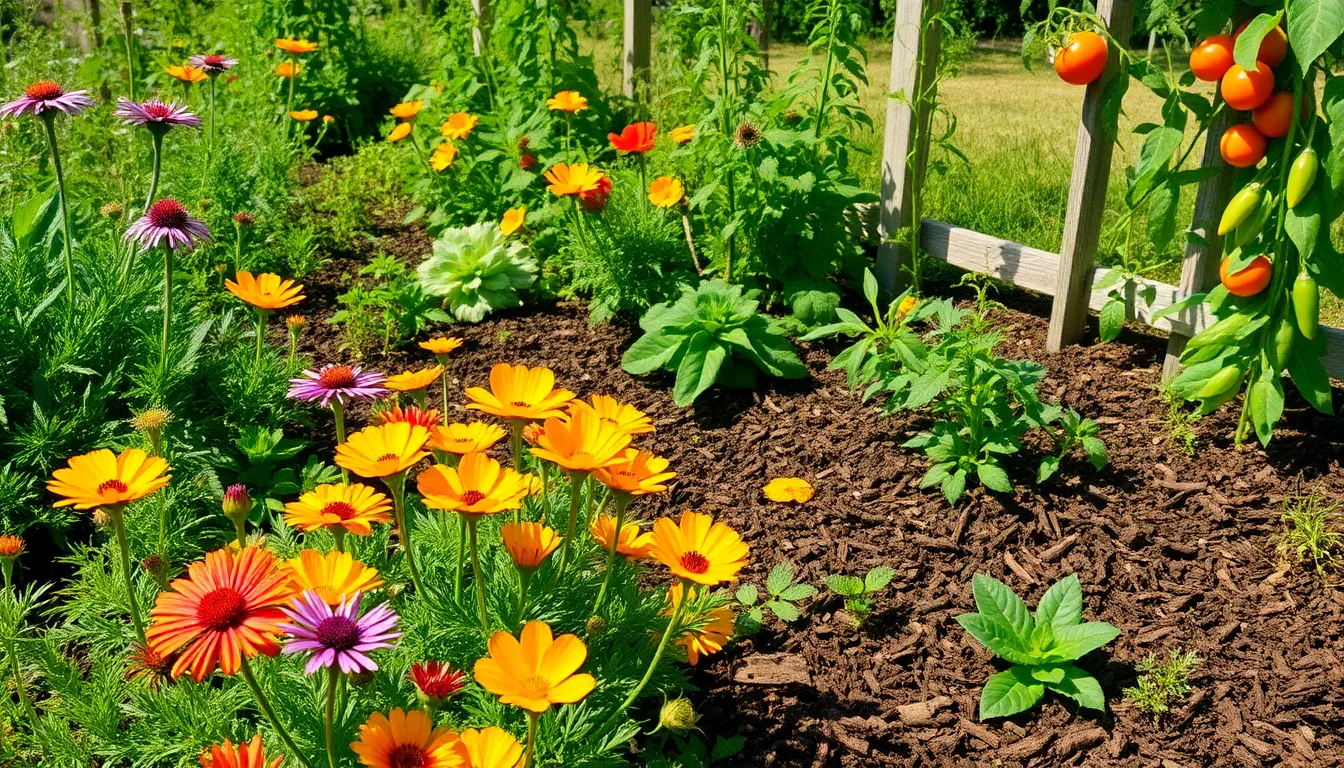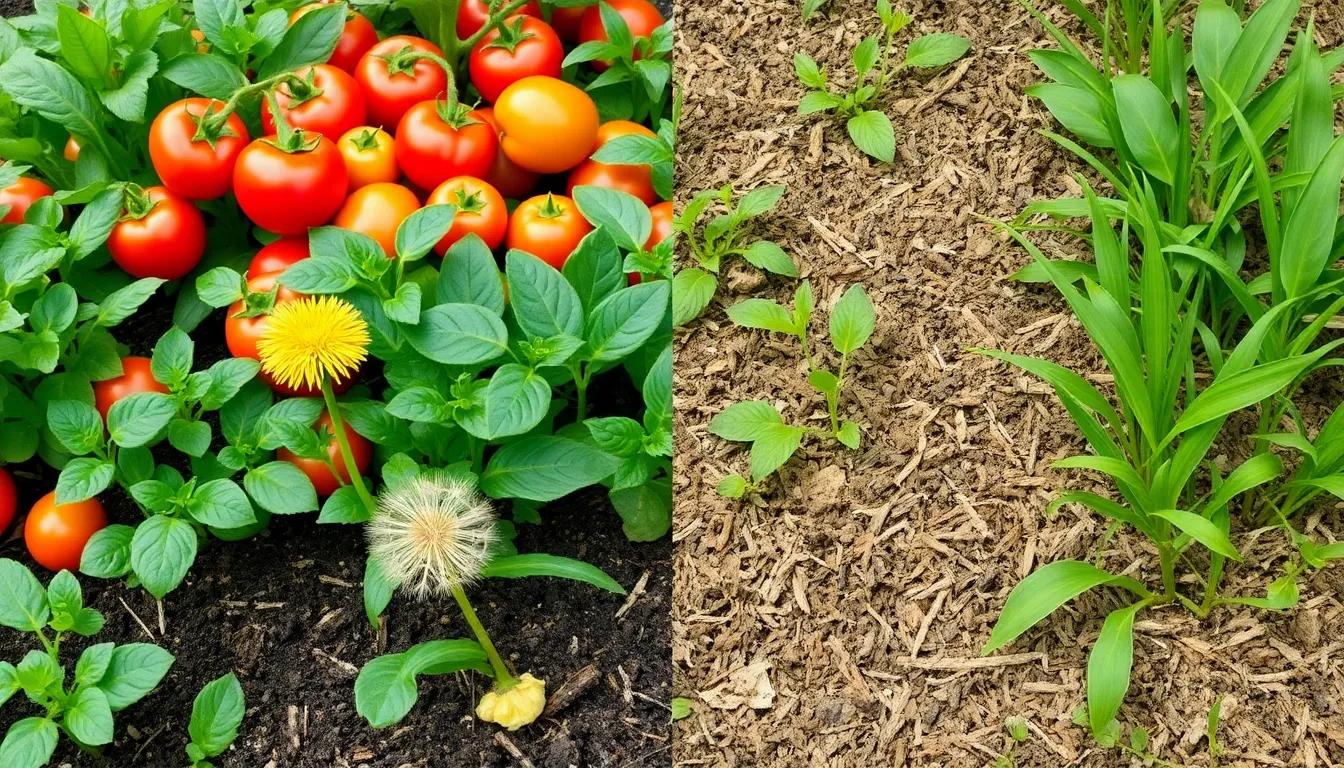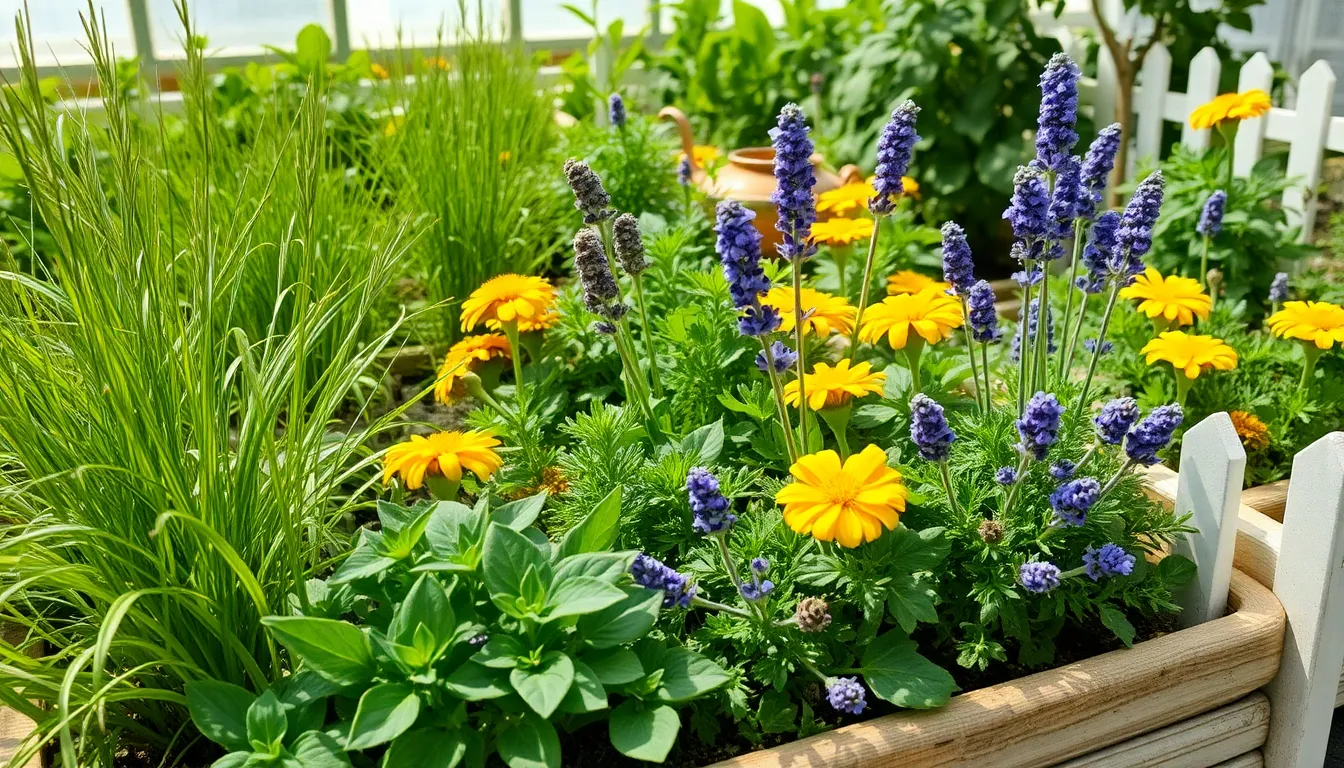There’s nothing quite as disheartening as nurturing your garden beds with love and care, only to find them ravaged by the relentless munching of snails. These tiny mollusks may move at a snail’s pace, but their appetite is anything but slow, and they can quickly turn your flourishing garden into a buffet. Whether you’re just planting your first petunias or are a seasoned green thumb with a collection of prize-winning roses, keeping these persistent pests at bay is crucial to maintaining the vitality and beauty of your garden.
Understanding the common pitfalls in snail management can save you time, effort, and heartache. In this article, you’ll discover practical strategies to effectively deter snails without disrupting the delicate balance of your garden ecosystem. We’ll delve into common mistakes that could inadvertently invite these unwanted guests and provide you with actionable solutions to safeguard your flora. By the end, you’ll be equipped with the knowledge to protect your garden beds and ensure your plants thrive unimpeded by these pesky intruders.
Ignoring Snail-Proof Plant Varieties
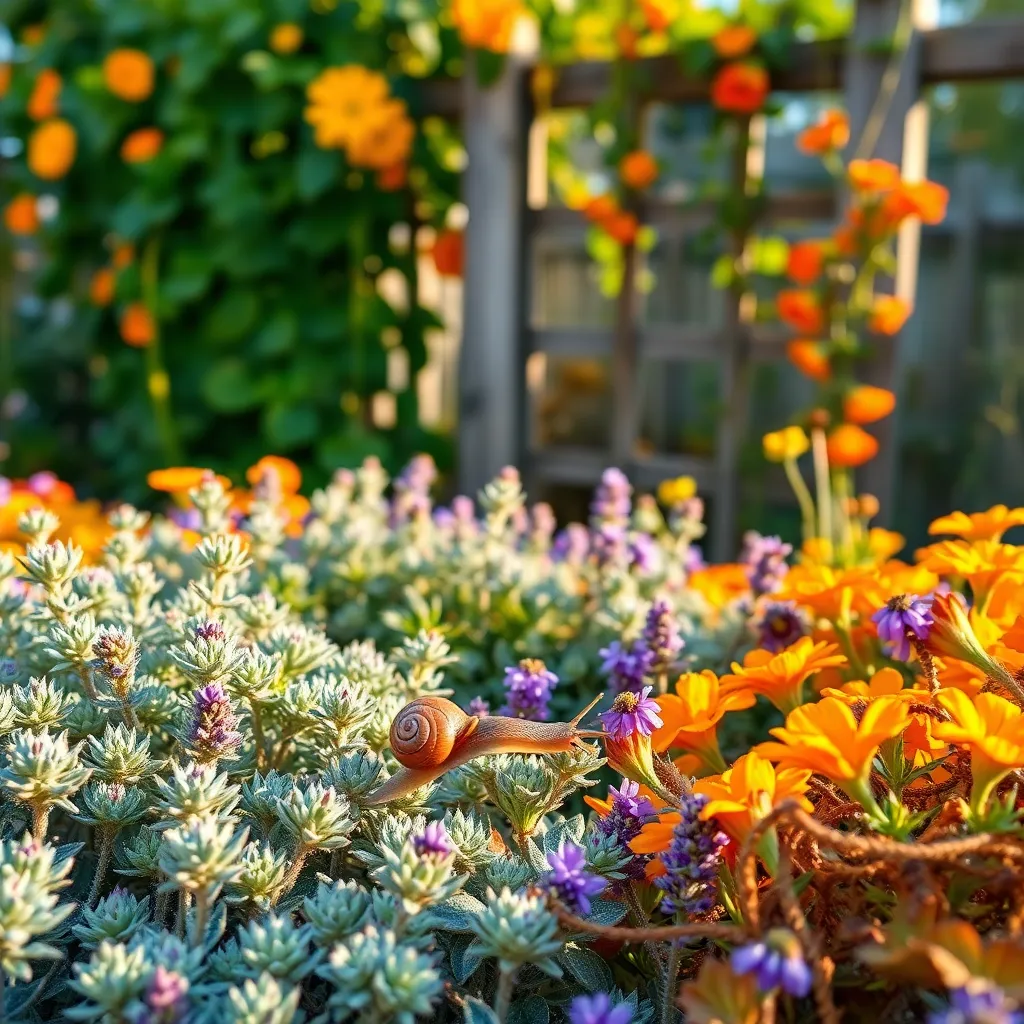
One common mistake gardeners make is not considering snail-resistant plant varieties that could naturally deter these pesky creatures. Incorporating plants like lavender, rosemary, and ferns can act as a natural barrier, reducing the need for other snail control measures.
When selecting plants, it’s important to research which varieties are less appealing to snails and slugs. Herbs with aromatic leaves, such as sage and thyme, are often avoided by snails, making them excellent choices for your garden beds.
For those who enjoy ornamental plants, choosing species like geraniums and foxgloves can be both beautiful and practical. These plants offer a dual benefit by adding visual interest while naturally resisting snail infestation.
Beginner gardeners might overlook the importance of soil type in conjunction with snail-resistant plants. Well-draining, sandy soils can make it more difficult for snails to thrive, further supporting your plant choices.
Advanced gardeners can experiment with companion planting, strategically placing snail-repelling plants alongside more vulnerable species. This technique not only enhances your garden’s resilience but also promotes a healthier, more diverse ecosystem.
Overlooking Mulch as a Barrier
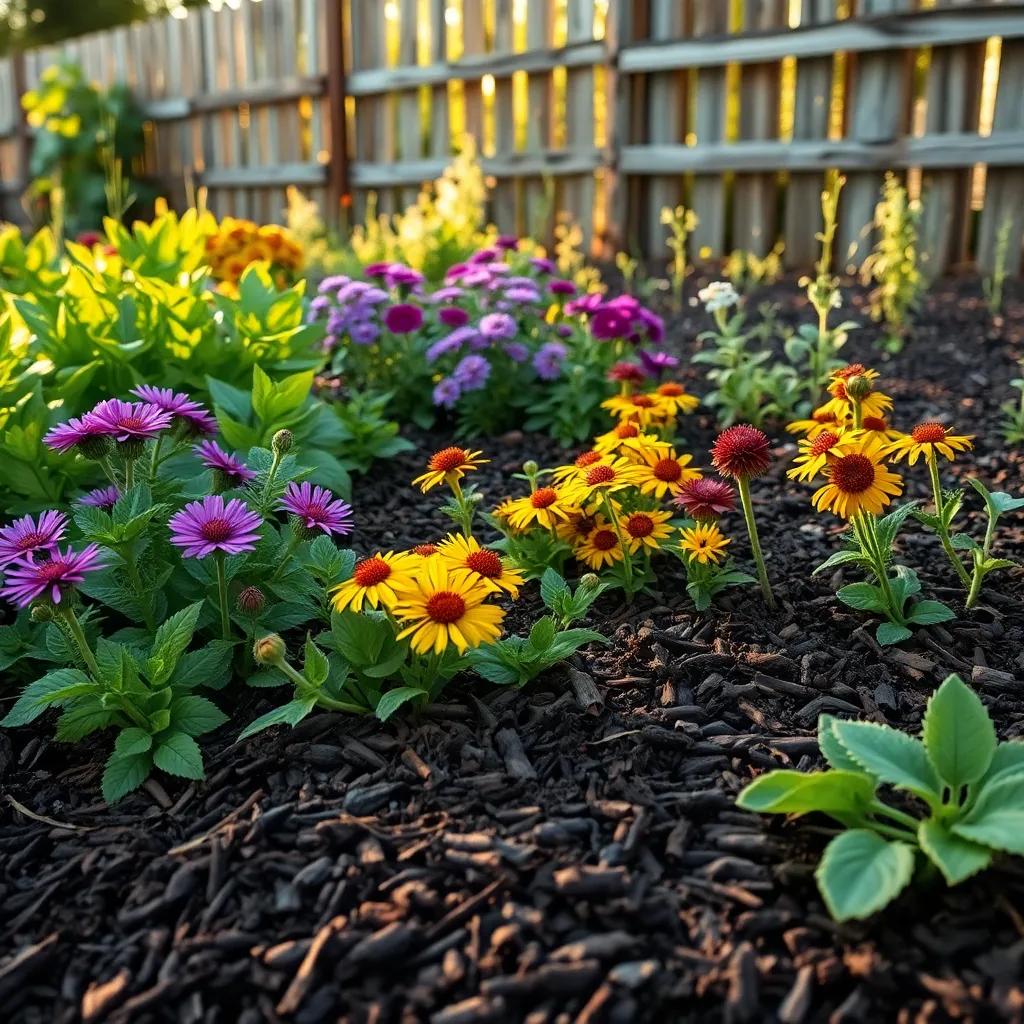
Many gardeners overlook the potential of mulch as a barrier to deter snails from invading their garden beds. By creating an inhospitable surface, mulch can discourage these pests from reaching your plants.
To maximize its effectiveness, use a coarse mulch such as bark or gravel, which snails find difficult to traverse. Applying a layer of two to three inches can make it even more challenging for snails to navigate across.
Consider using organic mulches like pine needles or straw, which not only deter snails but also enhance soil health as they decompose. These mulches can improve soil moisture retention and temperature regulation, benefiting plant growth.
Advanced gardeners often experiment with different mulch types, combining textures for increased snail deterrence. Try alternating between materials like crushed eggshells or diatomaceous earth for a multi-layered approach that snails find particularly unappealing.
Neglecting Evening Garden Patrols
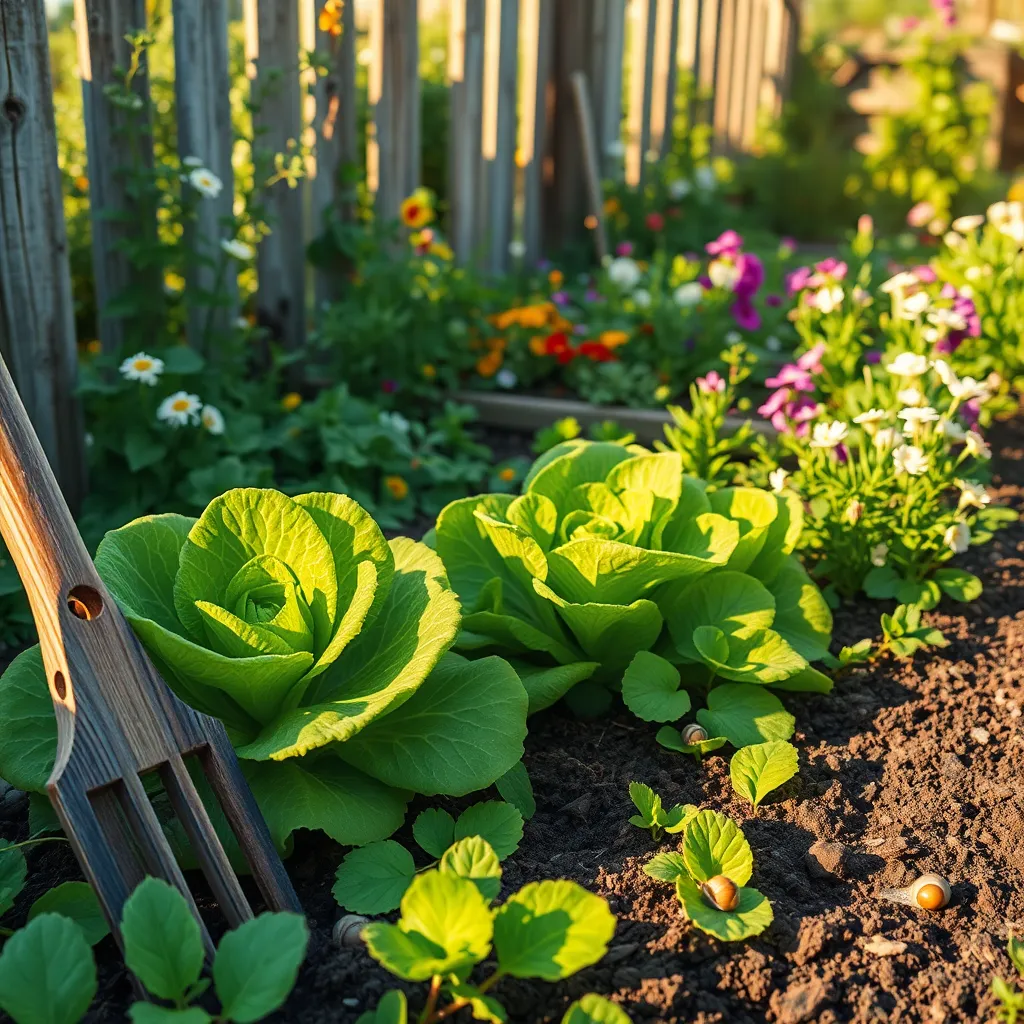
Neglecting evening garden patrols can lead to an increased snail population that wreaks havoc on your plants. During the cooler, damp evenings, snails emerge to feed, making this the perfect time to catch them in action and remove them manually.
Consider taking a flashlight and a small bucket to collect snails during your evening patrols. This simple act can significantly reduce their numbers, especially if done consistently over several days.
For beginners, focusing on areas with dense foliage or moist soil, such as under leaves or near irrigation systems, will help you locate snails more effectively. Advanced gardeners might even set up temporary beer traps in these areas to attract and capture snails overnight.
Incorporating evening patrols into your gardening routine can also help you spot other potential issues like wilting plants or pest damage. Regular checks will keep your garden thriving and ensure that any emerging problems are addressed promptly.
Using Ineffective Snail Deterrents
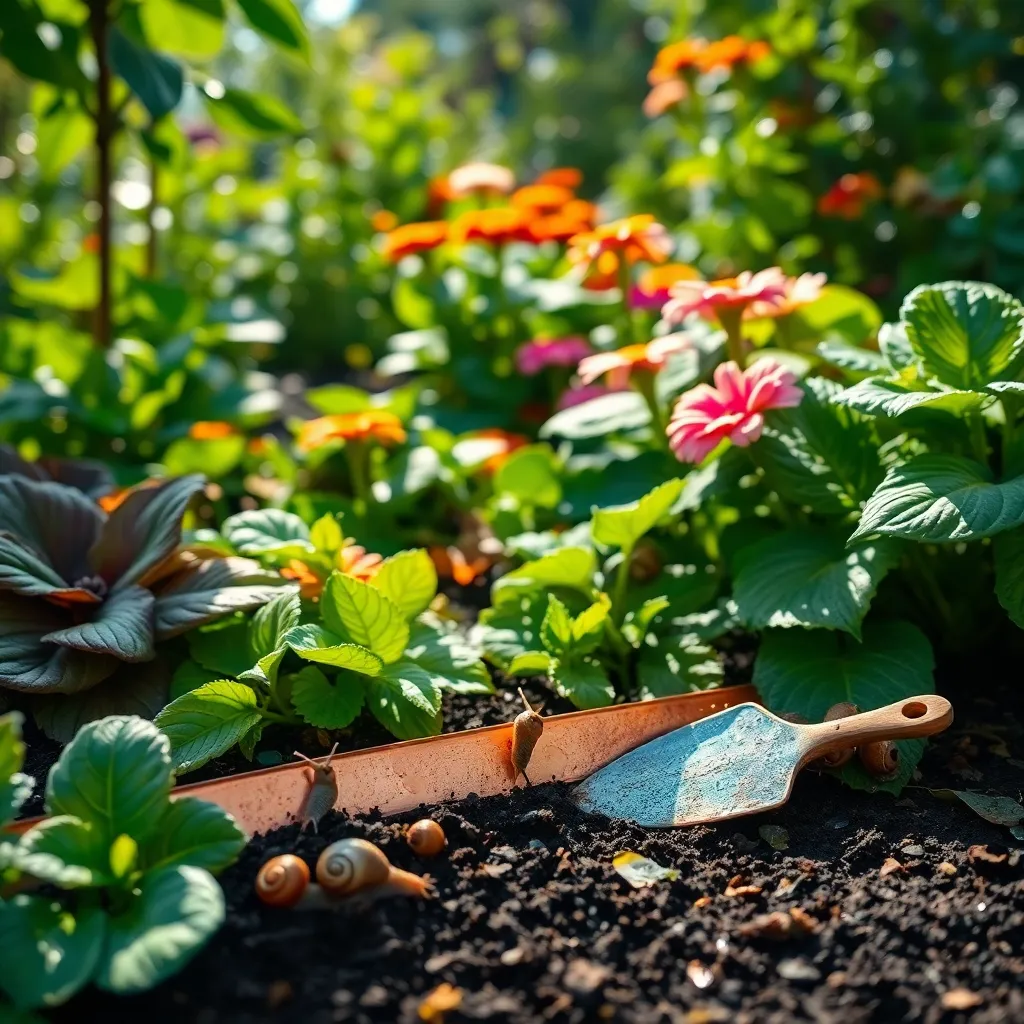
Many gardeners turn to ineffective snail deterrents that can waste time and effort. For instance, using crushed eggshells around plants is often recommended but rarely works because snails can easily glide over them.
Another common method is to use copper tape, which is supposed to repel snails due to a chemical reaction. However, this technique only works if the tape is perfectly maintained and free of debris, which is difficult in outdoor conditions.
Rather than relying on these less effective methods, consider using barriers that are proven to work, such as diatomaceous earth. This natural powder dehydrates and kills snails when they crawl over it, providing a more reliable solution.
For a more advanced approach, you can create a small moat around your garden beds using coffee grounds or sandpaper, which snails find difficult to cross. Make sure these barriers are at least 2 inches wide to prevent snails from bypassing them.
Forgetting to Remove Garden Debris
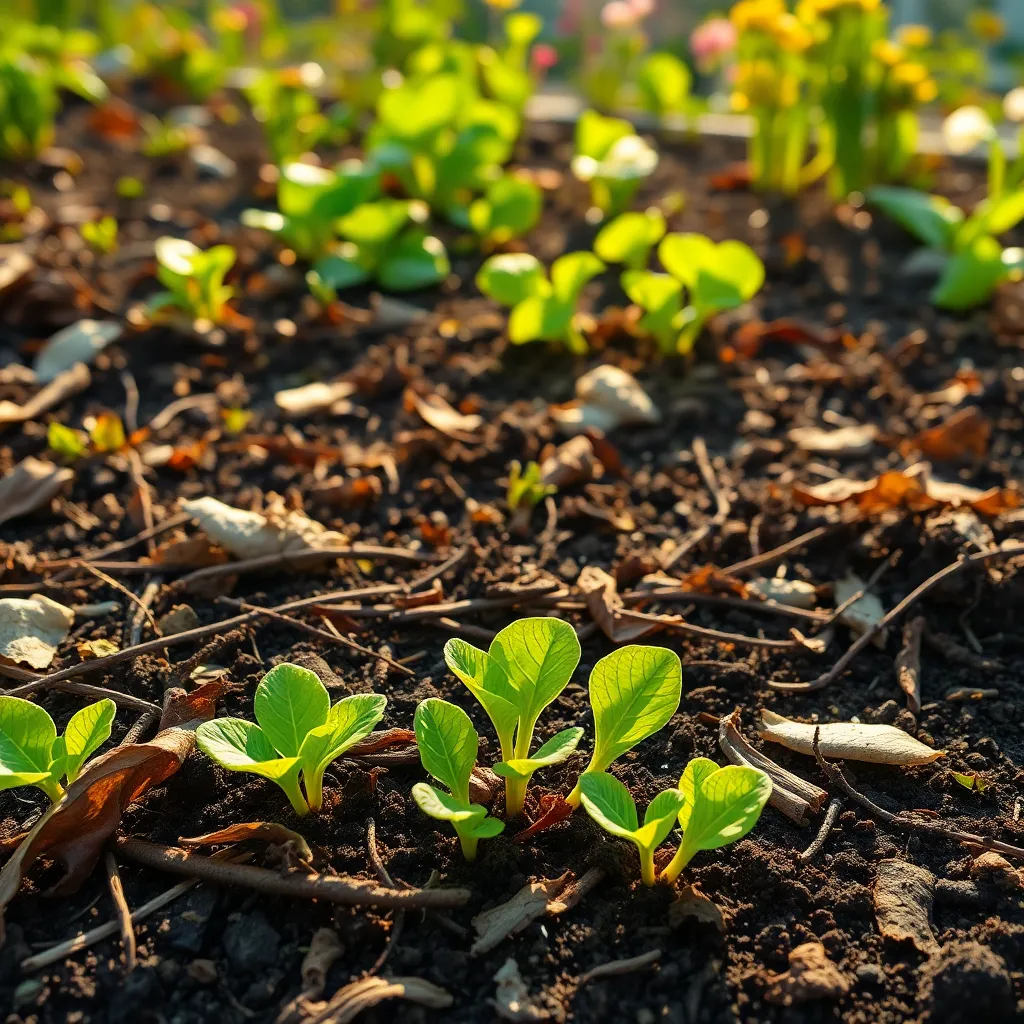
Neglecting to remove garden debris can create a welcoming environment for snails. They thrive in moist, dark areas, which are commonly found under piles of leaves and decaying plant matter.
Regularly clearing away fallen leaves, dead plants, and other debris can significantly reduce snail habitats. Use a rake or a garden hoe to gather debris and dispose of it in a compost pile or trash bin, keeping your garden beds tidy and less inviting to these pests.
Maintaining clean paths and borders around your garden beds is equally important. Consider using mulch sparingly; while it can be beneficial for retaining soil moisture, excessive amounts can encourage snail activity.
For more advanced gardeners, integrating a layer of crushed eggshells or diatomaceous earth in the soil can deter snails. These materials create a rough surface that is difficult for snails to navigate, naturally keeping them away from your plants.
Conclusion: Growing Success with These Plants
In navigating the journey of relationships, it’s essential to sidestep common pitfalls that can hinder growth and harmony. First, prioritize open communication, ensuring both partners feel heard and understood. Second, maintain trust by being transparent and consistent in your actions. Third, nurture emotional intimacy through regular bonding activities and shared experiences. Fourth, manage conflicts constructively by focusing on solutions rather than blame. Lastly, respect each other’s individuality, allowing personal growth alongside your shared journey.
As an immediate step, have an open dialogue with your partner about these concepts and identify areas for improvement. Doing so will not only strengthen your bond but also set a positive trajectory for your relationship. Remember, relationships are a continuous journey of mutual growth and understanding.
Bookmark this article as a handy reference for you and your partner to revisit these foundational principles. With dedication and mindfulness, relationship success isn’t just a possibility—it’s a promise. By embracing these insights, you’re investing in a future brimming with connection and fulfillment. Take the first step today and watch your relationship flourish!

